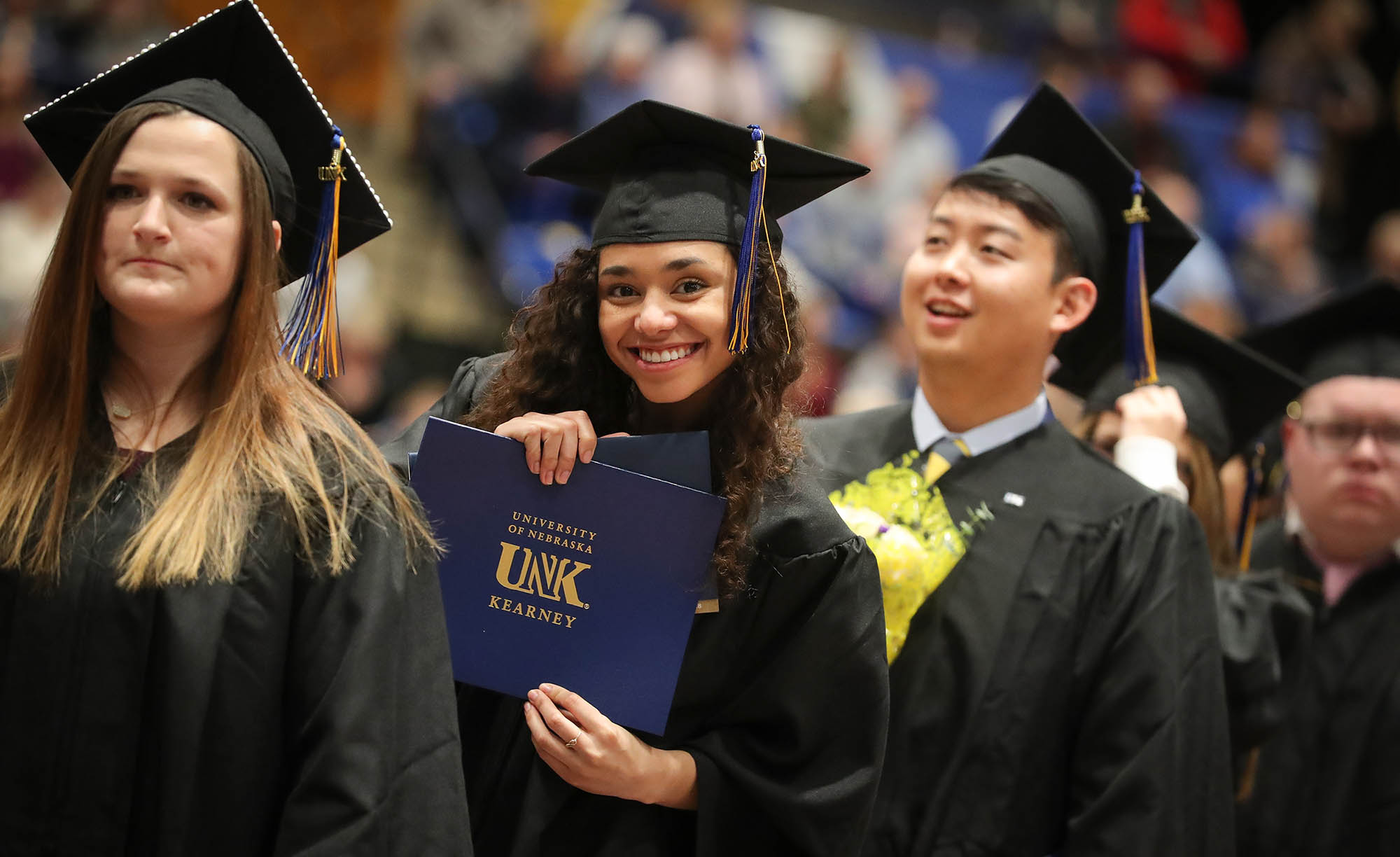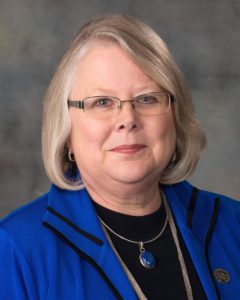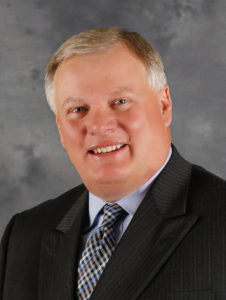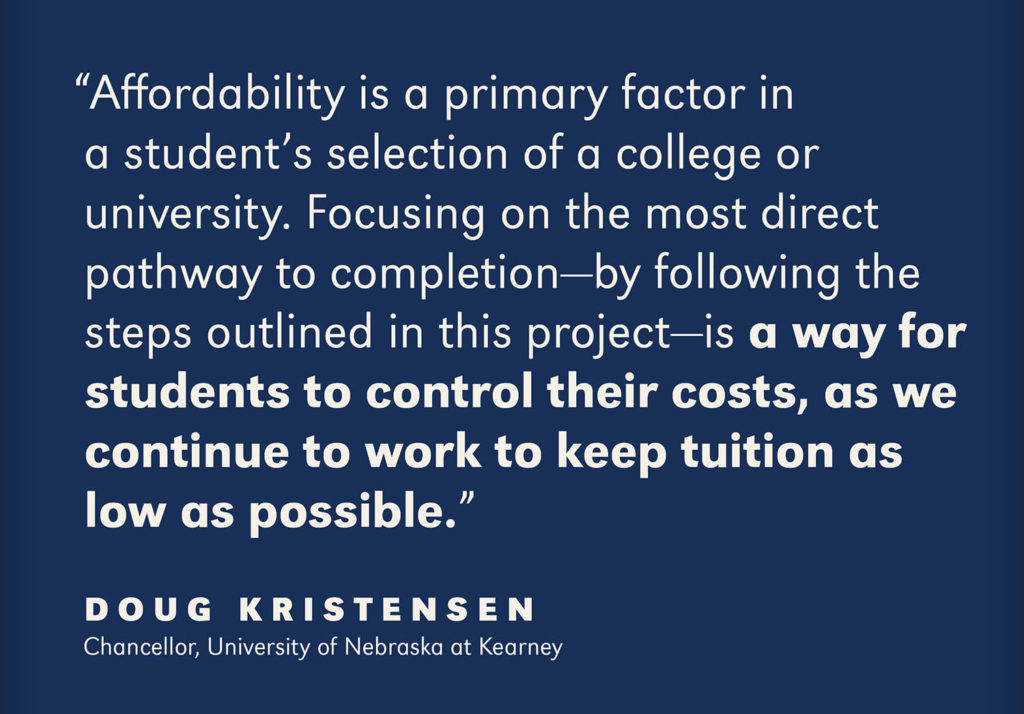
LINCOLN – The leaders of Nebraska’s public higher education institutions, Gov. Pete Ricketts and the business community joined today in launching a statewide campaign that aims to minimize college costs and grow the workforce by encouraging students to graduate on time.
The “Commit to Complete” campaign – initiated in 2016 as a University of Nebraska program and now expanded to include partners across public higher education, government and business – represents a coordinated effort to enhance student success and address Nebraska’s urgent workforce needs.
In the years ahead, Nebraska will have 34,000 annual job openings for high-skill, high-demand, high-wage workers such as engineers and engineering technicians; nurses, dental hygienists and other health care workers; and computer network support specialists and other technology experts. More than two-thirds of those job openings will require an associate degree or higher – meaning Nebraska must do more to build the workforce and economy of the future.

“Nebraskans rightfully want to know what we’re doing to ensure our students graduate on time, with as little debt as possible, and with the skills they need to succeed in the workforce,” said University of Nebraska interim President Susan Fritz. “Attracting and retaining more talent in our state is certainly part of the solution to the workforce crisis. But as institutions of higher learning, we also have a responsibility to help our students complete their academic journey on time.
“I’m pleased to join my colleagues in the public and private sectors in sending a strong message to students, families and the people of Nebraska that we care about our young people, we want them here, and we want them to be successful.”
Currently, one-third of first-time, full-time, degree-seeking students at Nebraska’s public four-year institutions graduate within four years. One-fourth of first-time, full-time, degree- or certificate-seeking students at Nebraska’s two-year institutions earn their credentials within two years.
While every student has unique circumstances, “Commit to Complete” aims to remind students and families of the cost savings and earnings potential that can come with more timely graduation. Nebraska’s public institutions are tremendous values, but every additional year of school can add to the cost of a degree.

“Students and their families tell us that affordability, and the investment they are making in their postsecondary education, is a primary factor in their selection of a college or university. Focusing on the most direct pathway to completion by following the steps outlined in this project is the way for students to control their costs, as we continue to work to keep tuition as low as possible,” said University of Nebraska at Kearney Chancellor Doug Kristensen.
Said Ricketts: “I encourage Nebraska’s college and university students to commit to complete their degrees on time. By staying on schedule, students increase their likelihood of getting a degree, limit their debt, and accelerate their transition into a rewarding job upon graduation.”
The Nebraska, Kearney, Omaha and Lincoln chambers have all endorsed “Commit to Complete” as a strategy for growing a skilled workforce for the state.
“If we want Nebraska to remain competitive, we will need to produce more college graduates in every corner of the state. That includes rural communities, where workforce shortages in some areas are especially urgent,” said Derek Rusher, president and CEO of the Kearney Area Chamber of Commerce. “The Kearney Chamber commends the collaboration behind ‘Commit to Complete’ and is proud to support this effort along with our fellow business partners, higher education colleagues and Gov. Ricketts.”
“Commit to Complete” offers a four-step plan for degree completion:
1. Meet with an adviser to discuss the student’s needs, including their work, family, military and other responsibilities.
2. Make a plan, including a course schedule for each year of school. For example, at a four-year institution, a course load of 30 credit hours per year – either 15 credit hours each academic semester or 12 hours per semester supplemented by summer coursework – is the recommended approach for graduating in four years.
3. Stay on track. Students should continue to meet with their adviser at least once a semester or quarter. Students should also participate in internships, apprenticeships, undergraduate research or other cocurricular activities that align with their area of interest.
4. Graduate sooner, prepared for the workforce, continued schooling or other next step.
